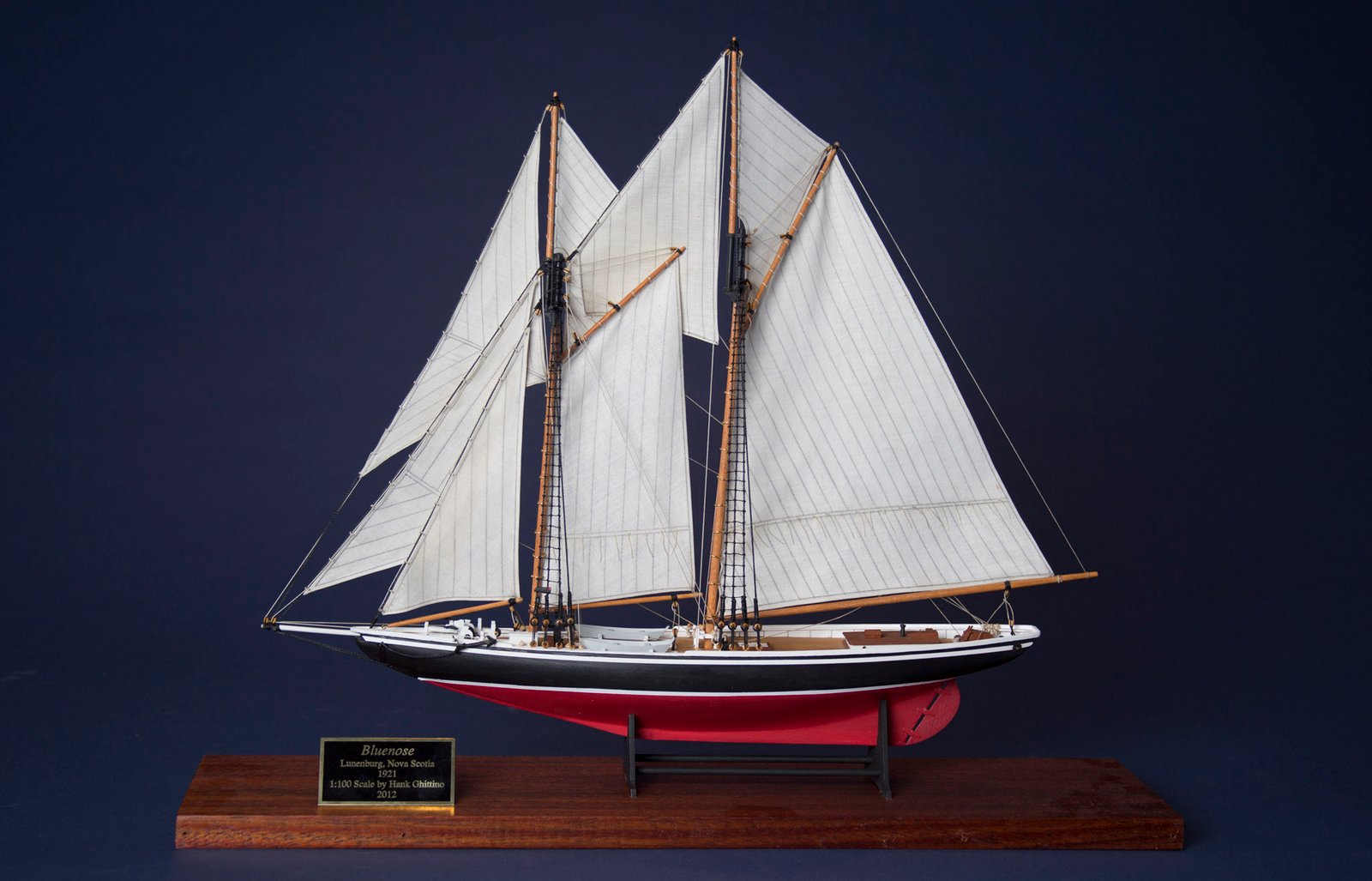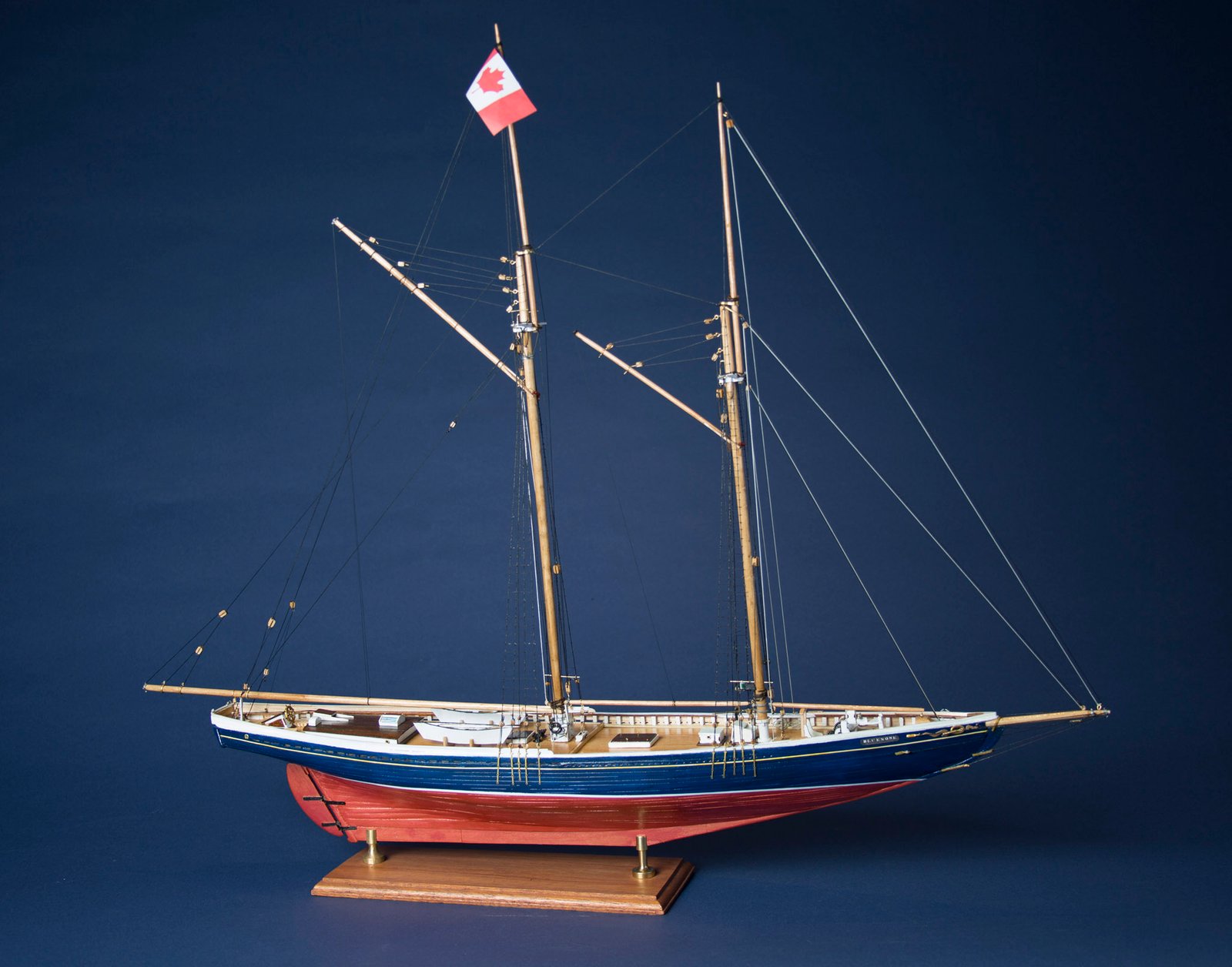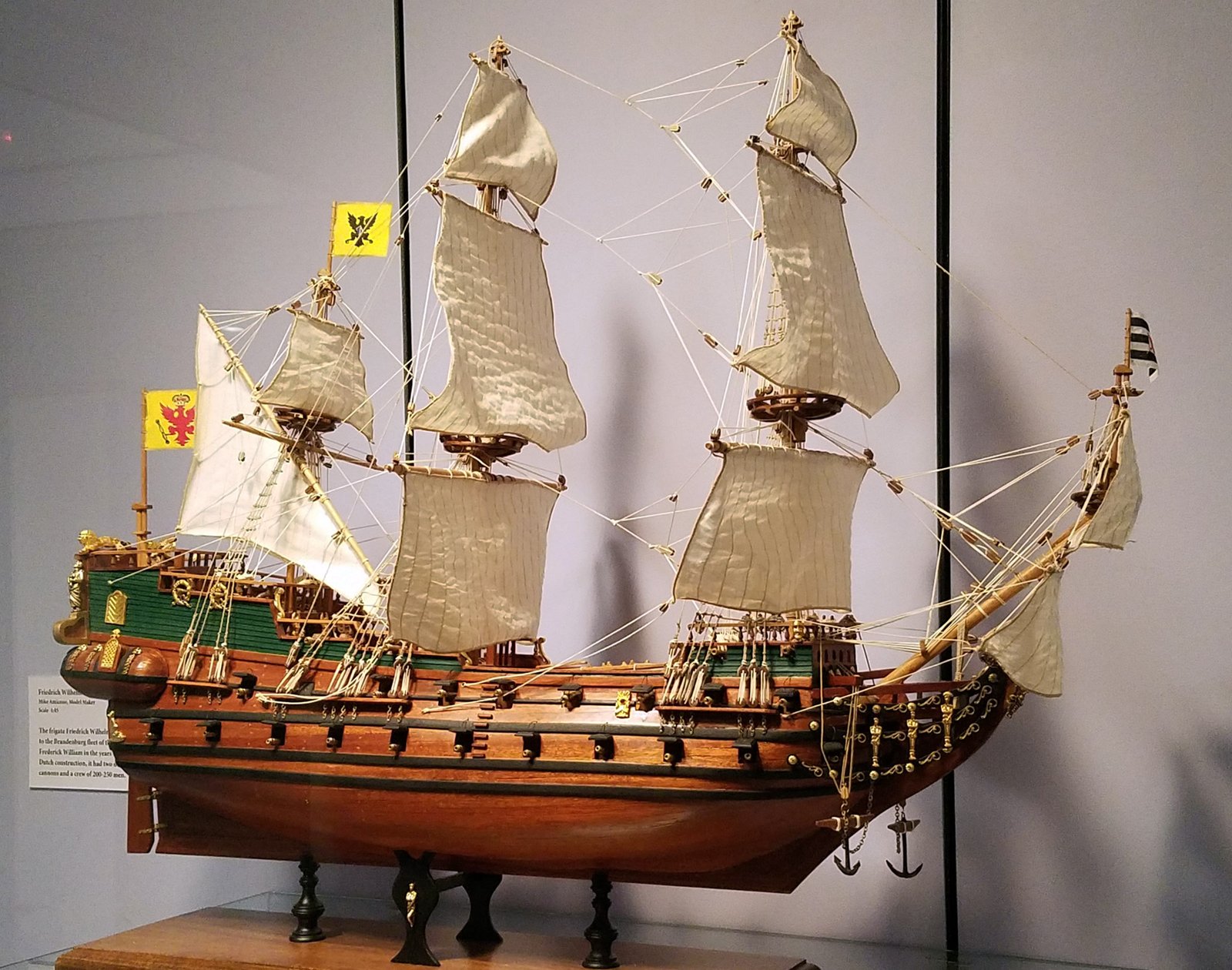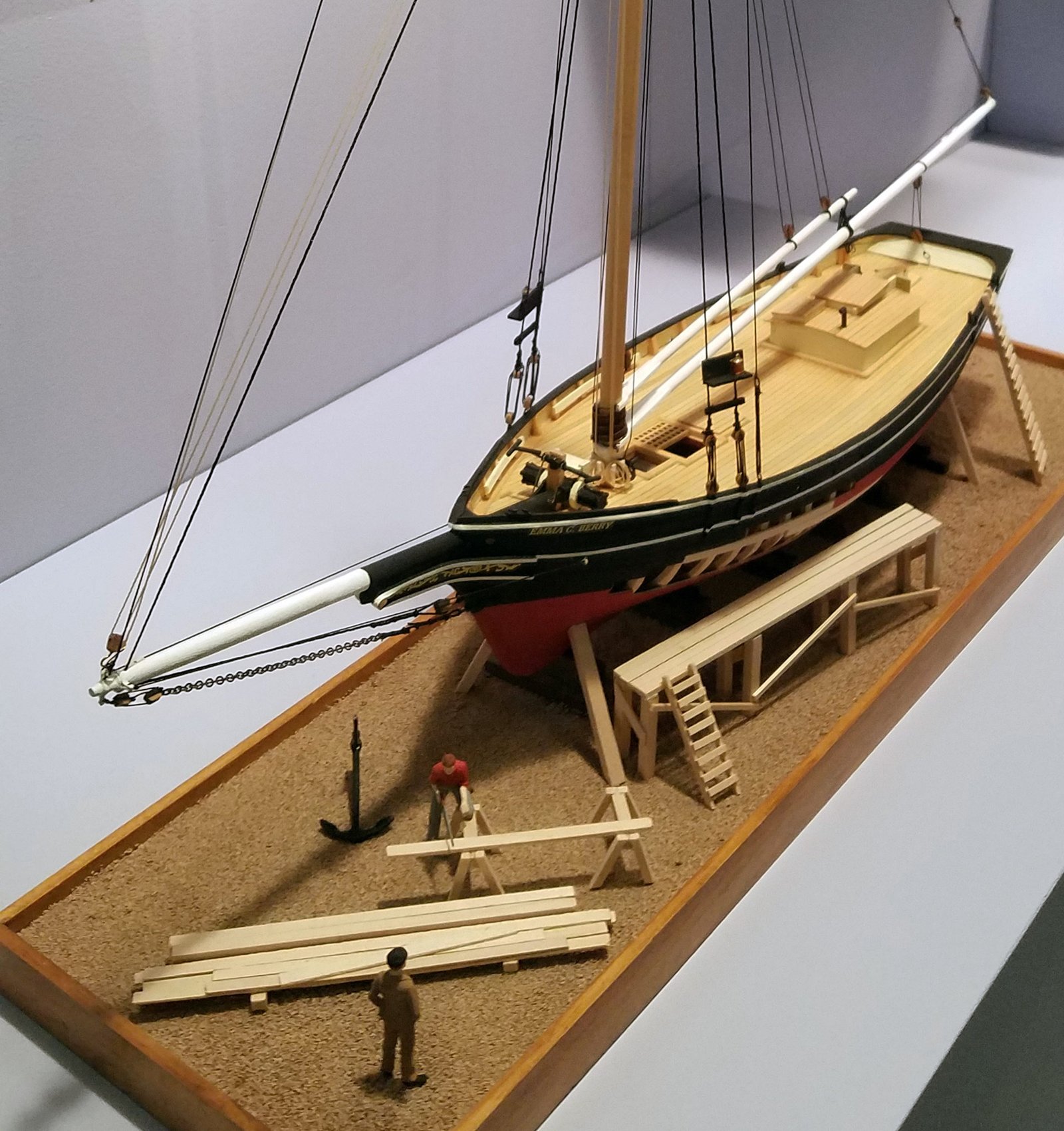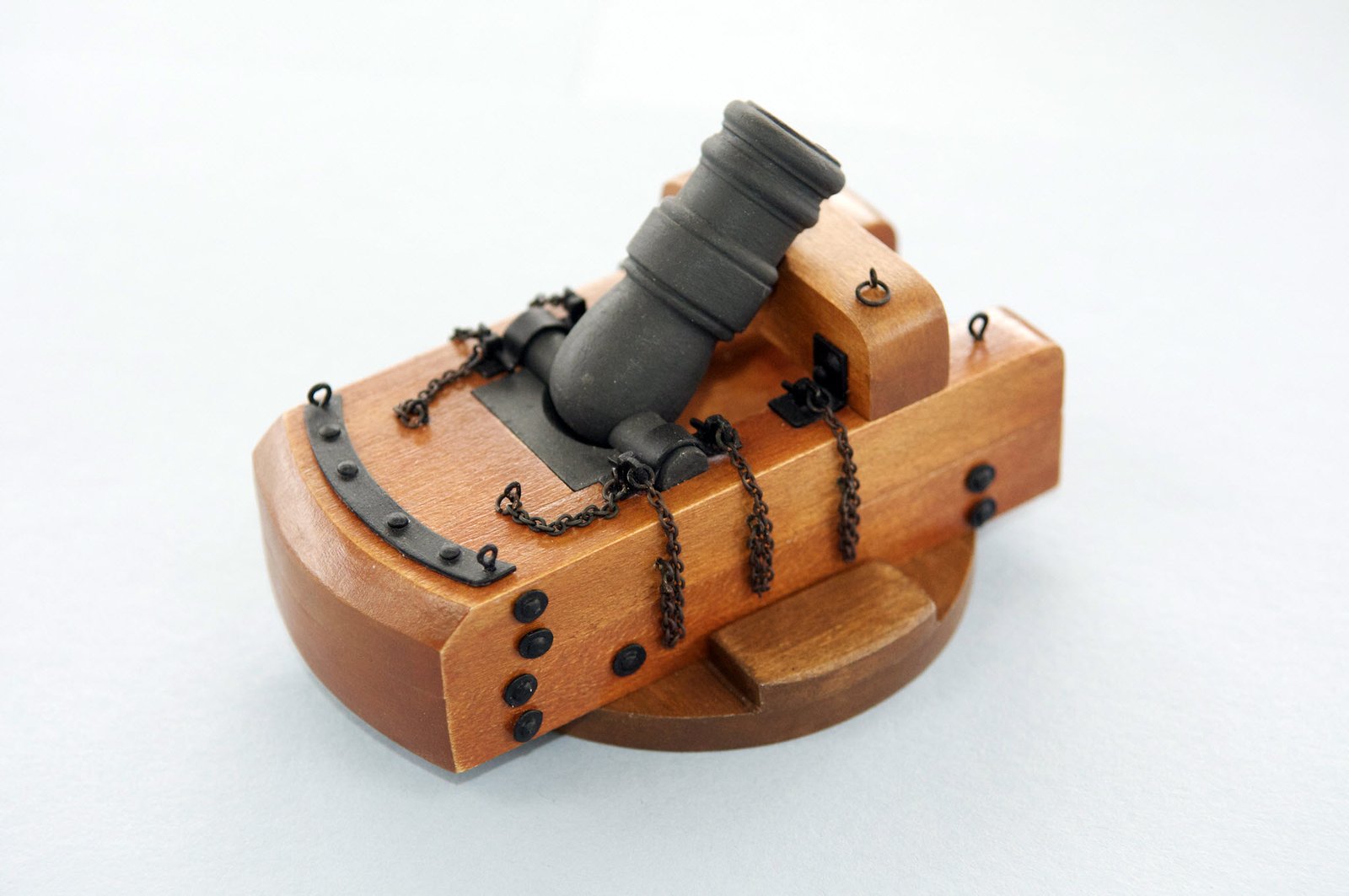Bluenose
Bluenose was built to be a Canadian Grand Banks fishing schooner and to compete in the International Fishermen’s Race. In 1921, it won the trophy and continued to be a celebrated fishing vessel and racer thru 1938. Bluenose became a provicial icon for Nova Scotia and an important Canadian symbol in the 1930, until it was wrecked in 1946.

